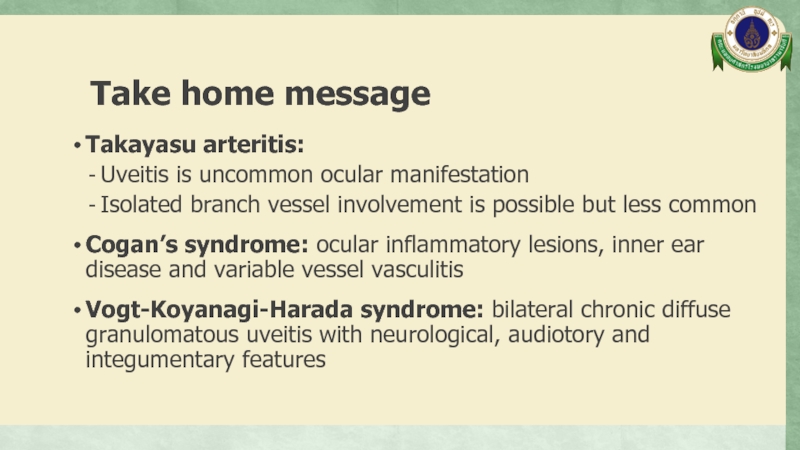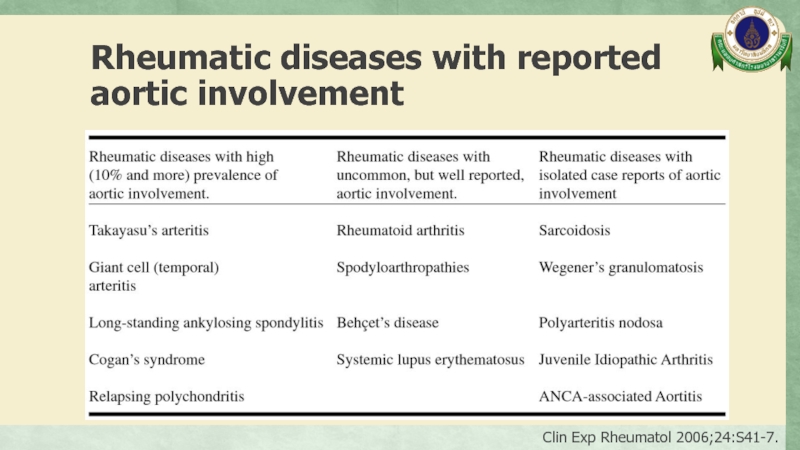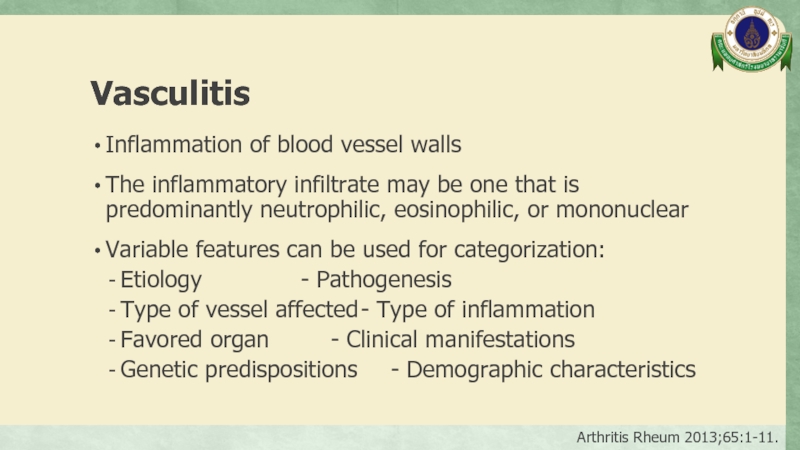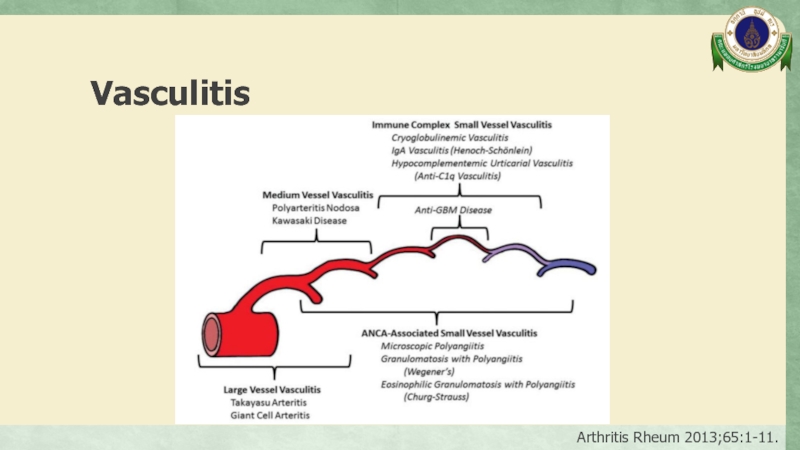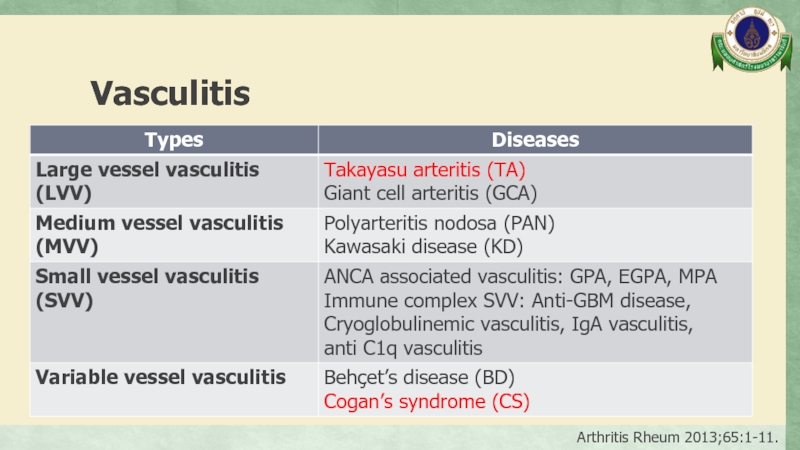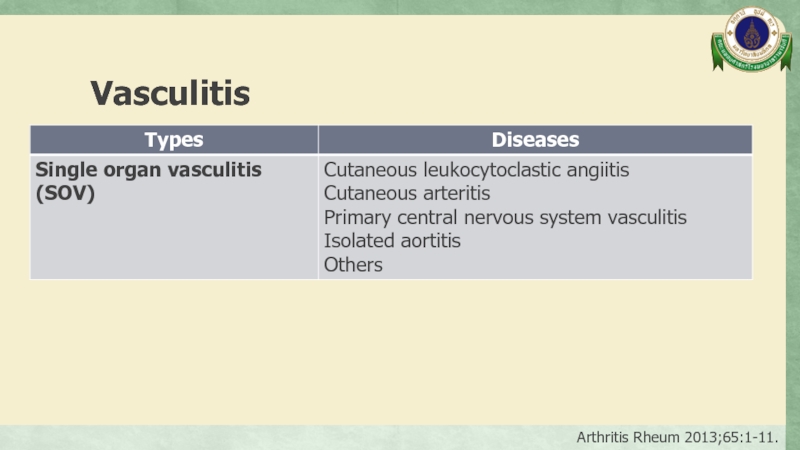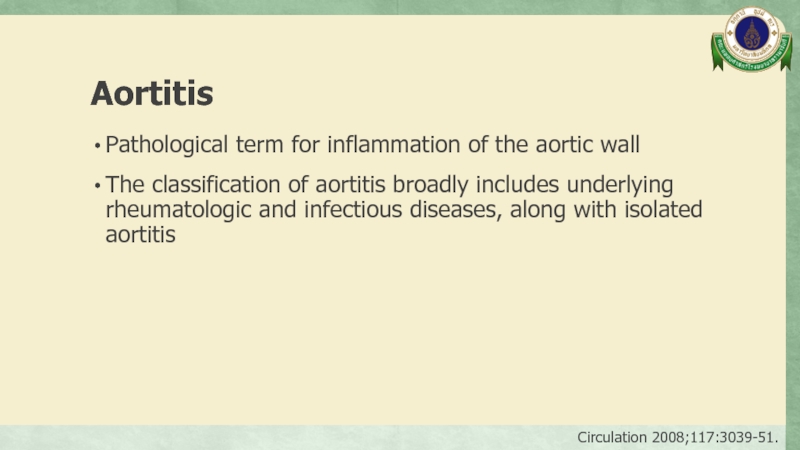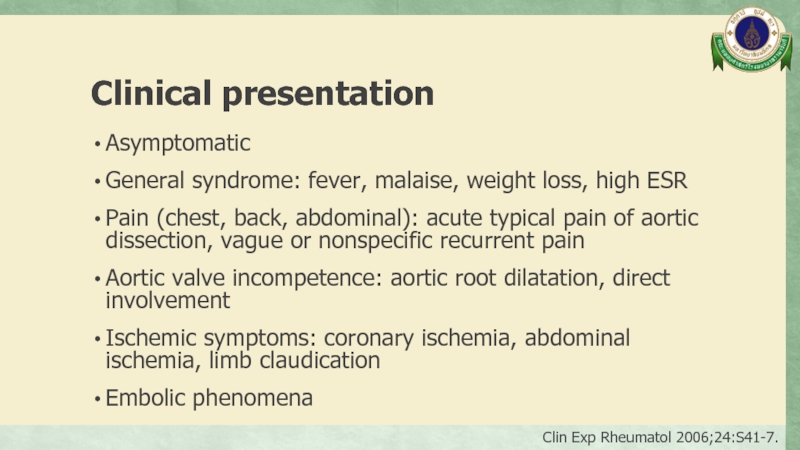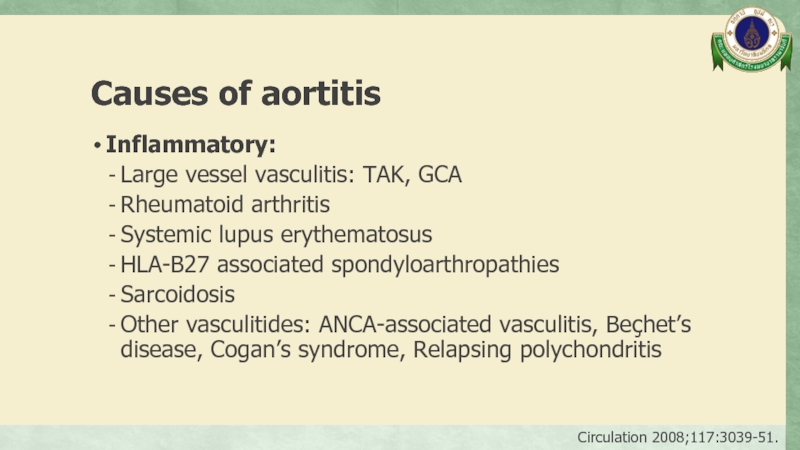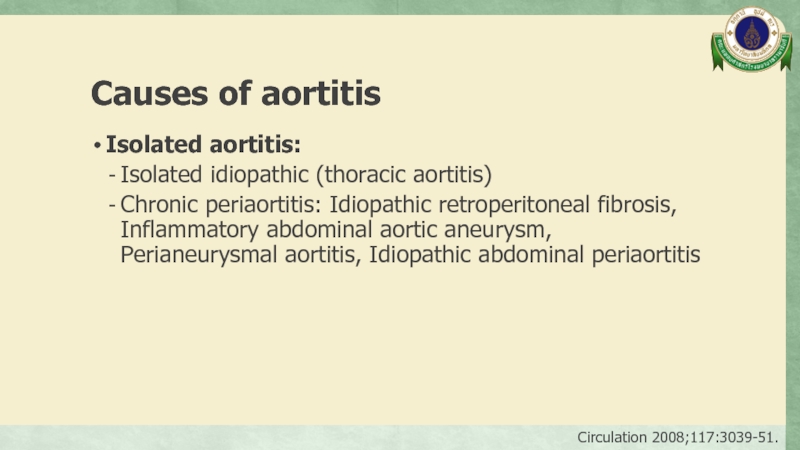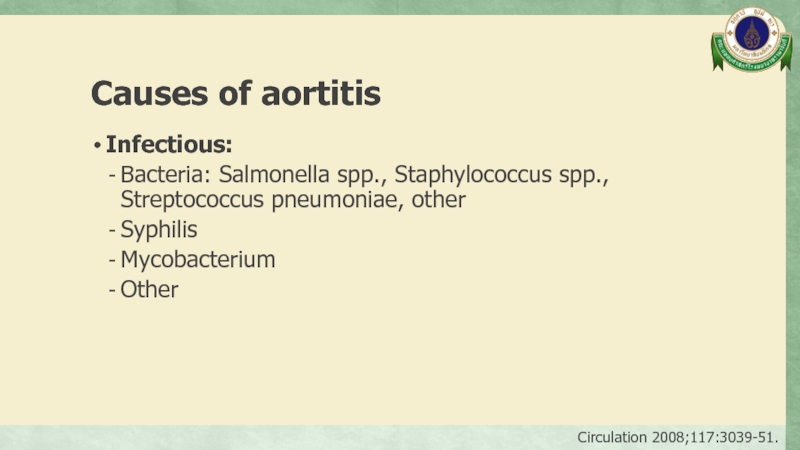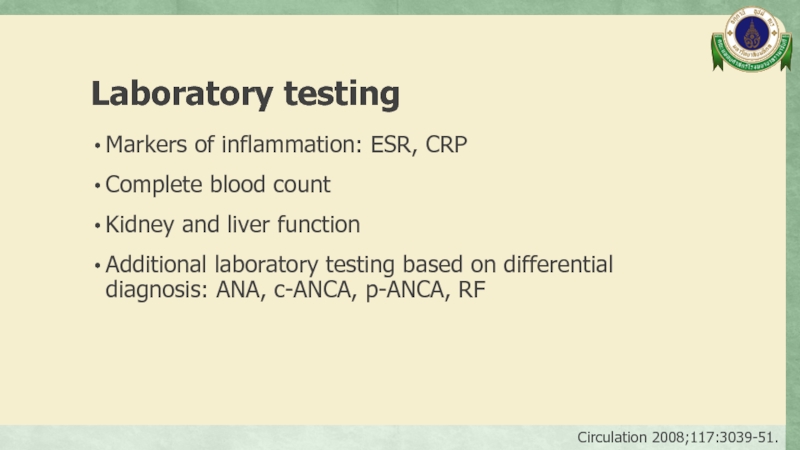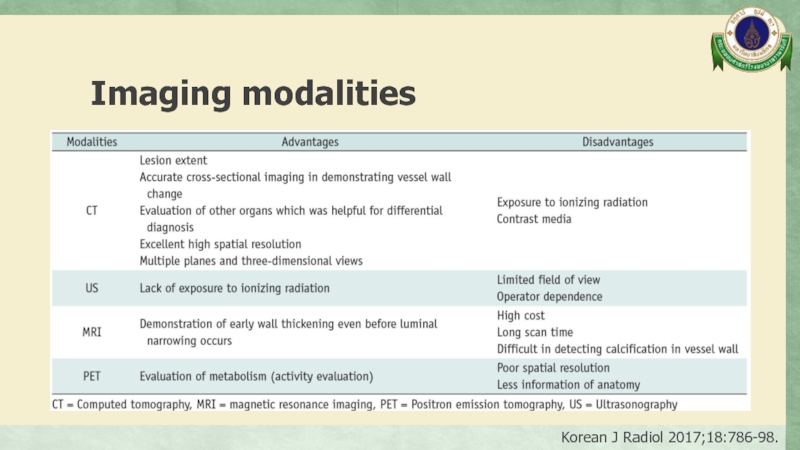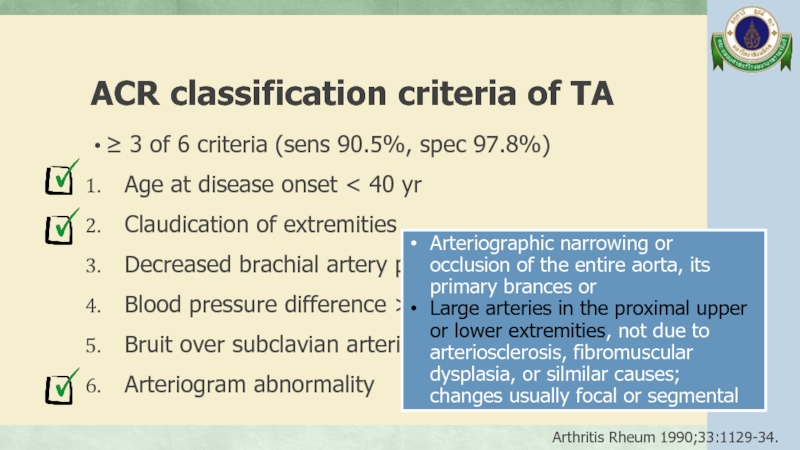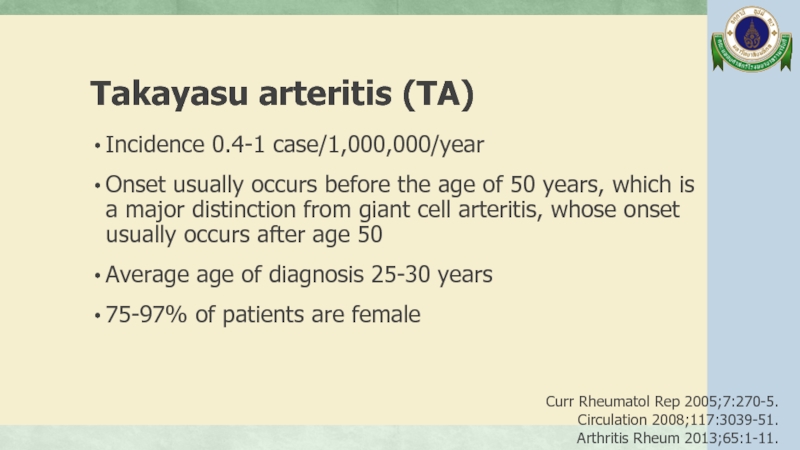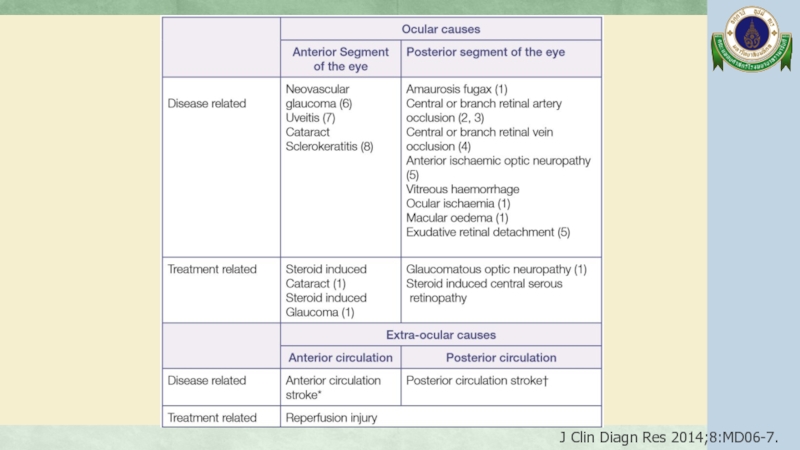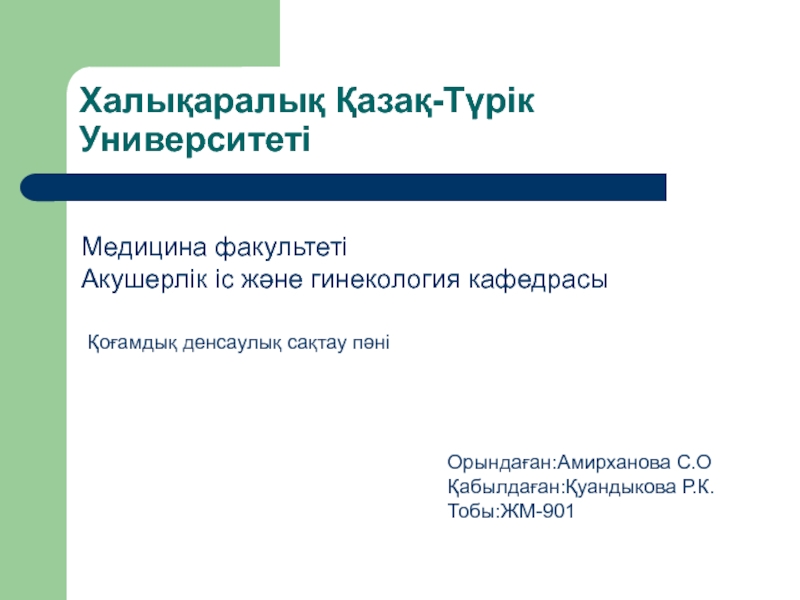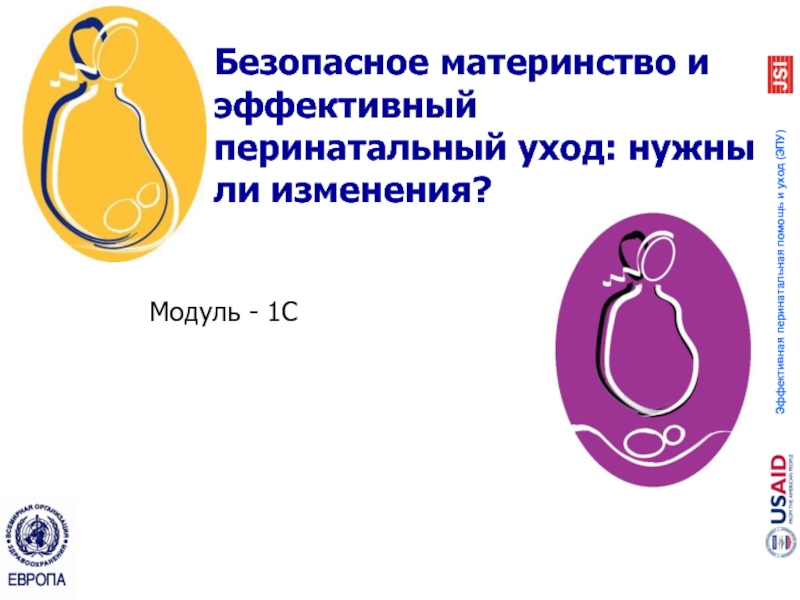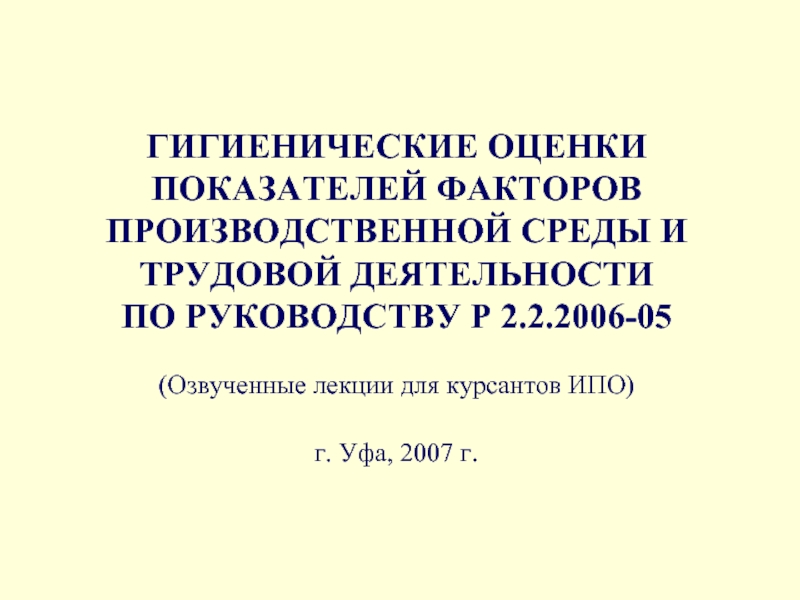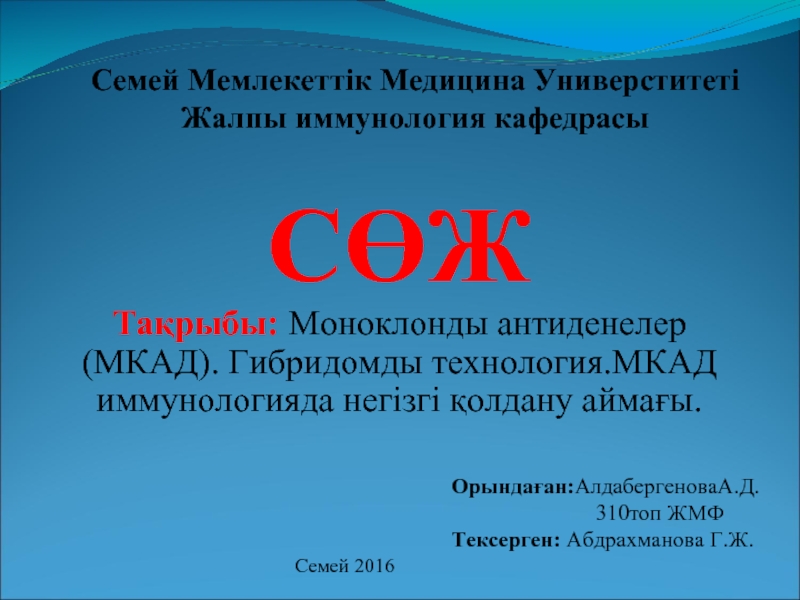- Главная
- Разное
- Дизайн
- Бизнес и предпринимательство
- Аналитика
- Образование
- Развлечения
- Красота и здоровье
- Финансы
- Государство
- Путешествия
- Спорт
- Недвижимость
- Армия
- Графика
- Культурология
- Еда и кулинария
- Лингвистика
- Английский язык
- Астрономия
- Алгебра
- Биология
- География
- Детские презентации
- Информатика
- История
- Литература
- Маркетинг
- Математика
- Медицина
- Менеджмент
- Музыка
- МХК
- Немецкий язык
- ОБЖ
- Обществознание
- Окружающий мир
- Педагогика
- Русский язык
- Технология
- Физика
- Философия
- Химия
- Шаблоны, картинки для презентаций
- Экология
- Экономика
- Юриспруденция
Interesting case презентация
Содержание
- 1. Interesting case
- 2. A 12-year-old girl CC: Blurred vision 1 day History taking
- 3. A 12-year-old girl Fever 3 days
- 4. A 12-year-old girl Severe headache, night
- 5. A 12-year-old girl Headache Dizziness and
- 6. A 12-year-old girl Dx: Incomplete Vogt-Koyanagi-
- 7. Past history No history of eye trauma
- 8. A 12-year-old girl Physical examination
- 9. Physical examination GA: active, cushingoid appearance V/S:
- 10. Physical examination LNs: negative Heart: no heave/thrill,
- 11. Physical examination Neuro signs:
- 12. A 12-year-old girl Problem list
- 13. Problem list Hypertension with arterial insufficiency: Lower
- 14. A 12-year-old girl Differential diagnosis
- 15. Differential diagnosis Takayasu arteritis Cogan’s syndrome Vogt-Koyanagi-Harada syndrome
- 16. A 12-year-old girl Investigation
- 17. Investigation
- 18. Complete blood count Hb 13.6 g/dL, Hct
- 19. Blood chemistry BUN 19, Cr 0.35 mg/dL
- 20. Inflammatory markers ESR 8 mm/hr CRP < 1 mg/L
- 21. Urinalysis Sp. gr. 1.019, pH 5, protein
- 22. Immunology ANA negative
- 23. CTA whole aorta Diffuse mild to moderate
- 24. CTA whole aorta Surrounding soft tissue thickening
- 25. CTA whole aorta
- 26. CTA whole aorta
- 27. CTA whole aorta
- 28. CTA whole aorta
- 29. CTA whole aorta
- 30. CTA whole aorta
- 31. CTA whole aorta
- 32. Electrocardiogram Normal sinus rhythm, rate 110/min, normal axis No chamber enlargement
- 33. Echocardiogram Normal cardiac function Trivial to mild
- 34. Eye examination VA: Rt 20/80, 20/50 with
- 35. Audiogram Moderately severe sensorineural hearing loss both ears
- 36. A 12-year-old girl Differential diagnosis
- 37. Differential diagnosis Takayasu arteritis Cogan’s syndrome Vogt-Koyanagi-Harada syndrome
- 38. Differential diagnosis
- 39. Takayasu arteritis (TA) Arteritis, often granulomatous
- 40. EULAR/PRINTO/PRES classification criteria of childhood TA
- 41. Ocular manifestations in TA Prevalence is varied from 8.1% - 68% Retina 2011;31:1170-8.
- 42. Ocular manifestations in TA Retrospective cohort
- 43. Ocular manifestations in TA Retrospective cohort
- 44. SNHL in TA Few case reports
- 45. SNHL in TA The cause of
- 46. SNHL in TA The mechanisms of
- 47. TA without involvement of aorta Retrospective
- 48. Cogan’s syndrome (CS) Characterized by ocular
- 49. Typical CS Defined by following
- 50. Atypical CS Any of following
- 51. Ocular manifestations in CS 80% Interstitial
- 52. Audiovestibular manifestations in CS Sudden onset
- 53. Vasculitic manifestations in CS May include
- 54. Vogt-Koyanagi-Harada syndrome (VKH) Systemic autoimmune disease;
- 55. Clinical course of VKH Prodromal phase:
- 56. Revise diagnostic criteria of VKH Complete
- 57. Revise diagnostic criteria of VKH (1)
- 58. Ocular manifestations in VKH The posterior
- 59. Ocular manifestations in VKH Signs of
- 60. Audiovestibular manifestations in VKH SNHL (27-50%),
- 61. Vasculitis in VKH Case report of
- 62. A 12-year-old girl Management
- 63. Management J Cliln Pathol 2002;55:481-6. Autoimmun Rev 2016;15:809-19. J Multidiscip Healthc 2017;11:1-11.
- 64. Management in this patient 1/11/17 14/12/17
- 65. Management in this patient 11/1/18 IV
- 66. Take home message Takayasu arteritis: Uveitis
- 67. Thank you
- 68. Rheumatic diseases with reported aortic involvement Clin Exp Rheumatol 2006;24:S41-7.
- 69. Vasculitis Inflammation of blood vessel walls
- 70. Vasculitis Arthritis Rheum 2013;65:1-11.
- 71. Vasculitis Arthritis Rheum 2013;65:1-11.
- 72. Vasculitis Arthritis Rheum 2013;65:1-11.
- 73. Vasculitis Arthritis Rheum 2013;65:1-11.
- 74. Vasculitis Arthritis Rheum 2013;65:1-11.
- 75. Aortitis Pathological term for inflammation of the
- 76. Clinical presentation Asymptomatic General syndrome: fever, malaise,
- 77. Causes of aortitis Inflammatory: Large vessel
- 78. Causes of aortitis Isolated aortitis: Isolated
- 79. Causes of aortitis Infectious: Bacteria: Salmonella
- 80. Laboratory testing Markers of inflammation: ESR, CRP
- 81. Imaging modalities Korean J Radiol 2017;18:786-98.
- 82. ACR classification criteria of TA ≥
- 83. Takayasu arteritis (TA) Incidence 0.4-1 case/1,000,000/year
- 84. Angiographic classification of TA from the Takayasu conference 1994 Int J Cardiol 2012;159:14-20.
- 85. J Clin Diagn Res 2014;8:MD06-7.
Слайд 1INTERESTING CASE
Sirinthip Kittivisuit, MD.
Fellowship in pediatric rheumatology, Ramathibodi hospital
Слайд 3A 12-year-old girl
Fever 3 days with headache and vomit >> Admit
No neuro deficit, no stiffness of neck
VA: Rt 20/20-1, Lt 20/30-1
15/9/17
Try treat as sinusitis:
Rx: Augmentin IV and
Azithromycin
18/9/17
Bilateral conjunctival injection
High grade fever
Headache PS 4/10
Vomit 1 times/day
Rx: Ceftriaxone 22-26/9/17
Clindamycin 22/9/17
CBC: Hb 13 g/dL, Hct 40%, WBC 11,230/µL, Platelet 150,000/µL
Dengue: negative
Слайд 4A 12-year-old girl
Severe headache, night awakening pain
23/9/17
25/9/17
Fever subsite but still had
Discharge 26/9/17
CT brain: normal
Lumbar puncture:
OP/CP 17/- cmH2O,
WBC 8, RBC 250/HPF,
protein 37 g/dL, sugar 89 mg%
CSF culture: no growth
Add Doxycycline 23-26/9/60
Dexamethaxone 4 mg IV x 1 dose
Слайд 5A 12-year-old girl
Headache
Dizziness and tinnitus both ears Left > Right side
Blurred
>> Admit government hospital
28/9/17
CBC: Hb 10.9 g/dL, Hct 32%,
WBC 15,610/µL, N 76%, L 12%, M 11%,
Eo 1%, Platelet 564,000/µL
ESR 117 mm/h, CRP 150 mg/L
UA: protein negative, WBC and RBC 0-1/HPF
Eye exam: Bilateral non-granulomatous anterior uveitis with secondary increase IOP
No record of VA test result
Audiogram: Bilateral moderate SNHL
MRI brain: normal
Слайд 6A 12-year-old girl
Dx: Incomplete Vogt-Koyanagi- Harada syndrome
28/9/17
Rx: Pulse methylprednisolone
1 gm
>> Discharge 10/10/17
>> Refer to Ramathibodi hospital
14/12/17
Left knee, bilateral ankles pain
Bilateral thighs and legs pain
Progression over 2 months with severe pain and night awakening pain within 2 weeks
Precipitous by more walking distance
No morning stiffness, no joint swollen/warmth/erythema,
no limit ROM
Legs pain
Слайд 7Past history
No history of eye trauma
No history of anorexia/weight loss
No history
No underlying disease
No history of drug allergy
Normal development
Слайд 9Physical examination
GA: active, cushingoid appearance
V/S: BT 36.7°C, PR 118/min, RR 20/min
BP
Measurement: Weight 47 kg (P75th), Height 156 cm (P97th)
HEENT: no pallor, anicteric sclera, no carotid bruit
131/67
105/48
111/54
131/69
Слайд 10Physical examination
LNs: negative
Heart: no heave/thrill, normal S1S2, no murmur
Lungs: clear
Abdomen: soft, not tender, no hepatosplenomegaly, no palpable mass, no abdominal bruit
Extremities: no pallor/ulcer Upper extremities pulse 2+ with capillary refill 1 s Lower extremities pulse 1+ with capillary refill 2 s
Слайд 11Physical examination
Neuro signs:
Good consciousness
Intact CN
Слайд 13Problem list
Hypertension with arterial insufficiency: Lower limb claudication with different BP
Bilateral anterior uveitis
Bilateral SNHL
Слайд 18Complete blood count
Hb 13.6 g/dL, Hct 43.3%
WBC 13,300/µL, N 75%, L
Platelet 260,000/µL
Слайд 19Blood chemistry
BUN 19, Cr 0.35 mg/dL
Na 142, K 3.93, Cl 107,
TB 0.3, DB 0.1 mg/dL
AST 15, ALT 45, GGT 22 U/L
Albumin 32.9 g/L
Слайд 23CTA whole aorta
Diffuse mild to moderate irregular luminal narrowing involving celiac
Слайд 24CTA whole aorta
Surrounding soft tissue thickening with delayed mural enhancement at
Suspicious irregularity of mid part of bilateral subclavian arteries
No definite thoracic aortic branches or pulmonary artery involvement.
Слайд 33Echocardiogram
Normal cardiac function
Trivial to mild MR and AR
No coarctation of aorta
Слайд 34Eye examination
VA: Rt 20/80, 20/50 with PH
Lt 20/50,
IOP Rt 15, Lt 11 mmHg (12-22)
RAPD negative both eyes
Mutton-fat keratic precipitates both eyes
Anterior chamber cell 3+ both eyes. No vitritis. No retinitis
>> Granulomatous anterior uveitis both eyes; compatible with “Incomplete Vogt-Koyanagi-Harada syndrome
Слайд 39
Takayasu arteritis (TA)
Arteritis, often granulomatous
Predominantly affecting the aorta and/or its major
Arthritis Rheum 2013;65:1-11.
Interesting points
Diagnosis
Ocular manifestations in TA
SNHL in TA
TA without involvement of aorta
Слайд 40
EULAR/PRINTO/PRES classification criteria of childhood TA
Angiographic abnormalities
plus 1 of 5
Pulse deficit or claudication
Four limbs blood pressure discrepancy > 10 mmHg
Bruit
Hypertension >P95th
Acute phase reactant
Ann Rheum Dis 2010;69:798-806.
Angiography (conventional, CT, or MRI) of the aorta or its main branches and pulmonary arteries showing aneurysm/
dilatation, narrowing, occlusion or thickened arterial wall not due to fibromuscular dysplasia, or similar causes; changes usually focal or segmental
Слайд 42
Ocular manifestations in TA
Retrospective cohort 78 TA patients, Korea
Cross-sectional study
Retina 2001;21:132-40.
Retina 2011;31:1170-8.
Слайд 43
Ocular manifestations in TA
Retrospective cohort 78 TA patients, Korea
Cross-sectional study
Retina 2001;21:132-40.
Retina 2011;31:1170-8.
Слайд 44
SNHL in TA
Few case reports of SNHL associated with TA
Many reports
Sometimes progressive and fluctuates during course of treatment, and severe hearing loss may persist in spite of steroid therapy
Laryngoscope 1987;97:797-800.
Br J Rheumatol 1998;37:369-72.
ORL J Otorhinolaryngol Relat Spec 1990;52:86-95.
Intern Med 2005;44:124-8.
Слайд 45
SNHL in TA
The cause of the hearing impairment associated with TA
Intern Med 2005;44:124-8.
Слайд 46
SNHL in TA
The mechanisms of the hearing loss in TA are
Fujino et al. proposed the possibility of inner ear dysfunction because of the vasculitis caused by the adhesion of immune complex to the vessel wall
Practica Otologica 1985;78:2313-22.
Intern Med 2005;44:124-8.
Слайд 47
TA without involvement of aorta
Retrospective review 85 CT angiography in TA
95% (81/85) Aortic involvement with or without major aortic branch vessel involvement
5% (4/85) Only aortic branch involvement
- 3/85 Only left subclavian
- 1/85 Innominate artery, both common carotid artery and superior mesenteric artery
J Vasc Surg 2007;45:906-14.
Слайд 48
Cogan’s syndrome (CS)
Characterized by ocular inflammatory lesions, including interstitial keratitis, uveitis,
Arthritis Rheum 2013;65:1-11.
Interesting points
Diagnosis
Ocular manifestations in CS
Audiovestibular manifestations in CS
Vasculitic manifestations in CS
Слайд 49
Typical CS
Defined by following 3 conditions:
(1) Ocular symptoms
(2) Audiovestibular symptoms usually progressing to deafness in 1-3 months
(3) Interval between the onset of ocular and audiovestibular manifestations of less than 2 year
Arch Ophthalmol 1945;33:144-9.
Слайд 50
Atypical CS
Any of following conditions:
(1) Inflammatory ocular manifestations
(2) Typical ocular manifestations associated within 2 year with audiovestibular symptoms different from of Ménière-like episodes
(3) Delay of more than 2 year between onset of typical ocular and audiovestibular manifestation
Medicine 1980;59:426-41.
Слайд 51
Ocular manifestations in CS
80% Interstitial keratitis, mostly bilateral involvement; inflamed small
Target for inflammation is the small vessels in the vascularized layers of the anterior globe: conjunctivitis, episcleritis, scleritis, uveitis
Retinitis, optic neuritis, glaucoma, papillary edema, cataracts, ocular motor palsy, exophthalmia, central retinal artery occlusion, xerophthalmia, ptosis
Rheumatology 2004;43:1007-15.
Arthritis Rheum 2013;65:1-11.
Autoimmune Rev 2014;13:351-4.
Слайд 52
Audiovestibular manifestations in CS
Sudden onset of hearing loss, vertigo, tinnitus, nausea,
Often resolving after several days but followed by progressive hearing loss of variable severity
Developed at any time during the course of disease
Hearing loss often bilateral from onset but may be unilateral initially and become bilateral later
Rheumatology 2004;43:1007-15.
Autoimmune Rev 2014;13:351-4.
Слайд 53
Vasculitic manifestations in CS
May include arteritis (affecting small, medium, or large
Aortitis with aortic insufficiency occurs 10% of patients
Indistinguishable from Takayasu arteritis
30-50% Systemic symptoms
Retrospective review 60 CS, 1940-2002, USA: 40% Headache 35% Arthralgia 27% Fever 23% Arthritis 22% Myalgia
Mayo Clin Proc 2006;81:483-8.
Intern Med 2009;48:1093-7.
Autoimmune Rev 2011;11:77-83.
Arthritis Rheum 2013;65:1-11.
Autoimmune Rev 2014;13:351-4.
Слайд 54
Vogt-Koyanagi-Harada syndrome (VKH)
Systemic autoimmune disease; main target is melanin-containing-cells present in
Characterized by bilateral chronic diffuse granulomatous uveitis, neurological, audiovestibular and dermatological systems
Autoimmun Rev 2014;13:550-5.
Autoimmun Rev 2016;15:809-19.
Interesting points
Diagnosis
Ocular manifestations in VKH
Audiovestibular manifestations in VKH
Vasculitis in VKH
Слайд 55
Clinical course of VKH
Prodromal phase: Few days prior to ocular symptoms,
Acute uveitic phase: Bilateral vision blurring with choroiditis, vitritis and papillitis which inflammatory cell infiltration into choroid is hallmark. Mutton-fat keratic precipitates may be found
Convalescent phase: Gradual abatement of uveitis; depigmentation of skin, hair, choroid
Chronic recurrent phase: predominately anterior uveitis
Semin Ophthalmol 2005;20:183-90.
Слайд 56
Revise diagnostic criteria of VKH
Complete disease; criteria 1 to 5 must
Incomplete disease; criteria 1 to 3 and either 4 or 5 must be present
Probable disease (Isolated ocular disease); criteria 1 to 3 must be present
Am J Ophthalmol 2001;131:647-52.
Слайд 57
Revise diagnostic criteria of VKH
(1) No history of penetrating ocular trauma
(2) No clinical or laboratory evidence suggestive of other ocular disease
(3) Bilateral ocular involvement (a or b must be met, depending on the stage of disease) a. Early manifestations b. Late manifestations
(4) Neurological/audiotory findings: Meningismus or tinnitus or CSF pleocytosis
(5) Integumentary finding (not preceding onset of CNS or ocular disease): alopecia or poliosis or vitiligo
Am J Ophthalmol 2001;131:647-52.
Early manifestations:
Diffuse choroiditis (focal areas of subretinal fluid, bullous serous retinal detachment)
OR, characteristics fluorescein angiography findings AND echography evidence of diffuse choroidal thickening
Late manifestations:
History of suggestive of prior uveitis with the above described characteristics
AND ocular depigmentation
AND other ocular signs (nummular chorioretinal depigmented scars or recurrent or chronic anterior uveitis)
Слайд 58
Ocular manifestations in VKH
The posterior manifestation is the hallmark, demonstrating vitreous
Some cases might initially present with swollen reddish disc before developing into full-blown exudative retinal detachment.
The presence of choroidal thickening is common
The anterior chamber inflammation may present as granulomatous or non-granulomatous
Autoimmun Rev 2016;15:809-19.
Слайд 59
Ocular manifestations in VKH
Signs of depigmentation:
- Sunset glow: changes of
Autoimmun Rev 2016;15:809-19.
Слайд 60
Audiovestibular manifestations in VKH
SNHL (27-50%), tinnitus (34-43%) and vertigo/dizziness (4-25%)
Typically
May be delayed, fluctuation or progressive HL
Often appear in prodromal phase or concomitant with active uveitis
Autoimmun Rev 2016;15:809-19.
Слайд 61
Vasculitis in VKH
Case report of a 44-year-old female in Japan, developed
Possible association between VKH and aortitis syndrome but may be coincidental
Nippon Ganka Gakkai Zasshi 1966;100:326-31.
Слайд 63Management
J Cliln Pathol 2002;55:481-6.
Autoimmun Rev 2016;15:809-19.
J Multidiscip Healthc 2017;11:1-11.
Слайд 64Management in this patient
1/11/17
14/12/17
Prednisolone (5) 4x2 [1 MKD]
MTX (2.5) 5 tab
Folic acid (5) 0.5x1
1% Pred forte 1 drop BE q 1 h
1% Atropine 1 drop BE bid
0.5% Glauco-oph 1 drop BE bid
VA: Rt 20/80, 20/50 with PH
Lt 20/50, 20/40 with PH
AC cell 2+, mutton-fat BE
Pulse methylprednisolone 1 gm
Prednisolone (5) 3x2 [0.6 MKD]
IV Cyclophosphamide [1st dose]
ASA (81) 1x1, Amlodipine (10) 1x1
CaCO3, Vitamin D
1% Pred forte 1 drop BE qid
1% Atropine 1 drop BE OD
0.5% Glauco-oph 1 drop BE bid
VA: Rt 20/40-1, Lt 20/25-2 with PH
AC trace, positive KP
Audiogram: Rt mild, Lt mod SNHL
Слайд 65Management in this patient
11/1/18
IV Cyclophosphamide [2nd dose]
Prednisolone (5) 2x2 [0.4 MKD]
ASA
Amlodipine (10) 1x1
CaCO3, Vitamin D
Off Pred forte and Atropine eye drop
0.5% Glauco-oph 1 drop BE bid
VA: Rt 20/20
Lt 20/20
AC clear, IOP 18 mmHg
14/2/18
IV Cyclophosphamide [3rd dose]
Prednisolone (5) 3x1 [0.3 MKD]
ASA (81) 1x1
Off Amlodipine
CaCO3, Vitamin D
0.5% Glauco-oph 1 drop BE bid
Plan follow up CTA 12/3/18
VA: Rt 20/20
Lt 20/20-3
AC clear
Слайд 66Take home message
Takayasu arteritis:
Uveitis is uncommon ocular manifestation
Isolated branch vessel
Cogan’s syndrome: ocular inflammatory lesions, inner ear disease and variable vessel vasculitis
Vogt-Koyanagi-Harada syndrome: bilateral chronic diffuse granulomatous uveitis with neurological, audiotory and integumentary features
Слайд 69Vasculitis
Inflammation of blood vessel walls
The inflammatory infiltrate may be one
Variable features can be used for categorization:
Etiology - Pathogenesis
Type of vessel affected - Type of inflammation
Favored organ - Clinical manifestations
Genetic predispositions - Demographic characteristics
Arthritis Rheum 2013;65:1-11.
Слайд 75Aortitis
Pathological term for inflammation of the aortic wall
The classification of aortitis
Circulation 2008;117:3039-51.
Слайд 76Clinical presentation
Asymptomatic
General syndrome: fever, malaise, weight loss, high ESR
Pain (chest, back,
Aortic valve incompetence: aortic root dilatation, direct involvement
Ischemic symptoms: coronary ischemia, abdominal ischemia, limb claudication
Embolic phenomena
Clin Exp Rheumatol 2006;24:S41-7.
Слайд 77Causes of aortitis
Inflammatory:
Large vessel vasculitis: TAK, GCA
Rheumatoid arthritis
Systemic lupus erythematosus
HLA-B27
Sarcoidosis
Other vasculitides: ANCA-associated vasculitis, Beçhet’s disease, Cogan’s syndrome, Relapsing polychondritis
Circulation 2008;117:3039-51.
Слайд 78Causes of aortitis
Isolated aortitis:
Isolated idiopathic (thoracic aortitis)
Chronic periaortitis: Idiopathic retroperitoneal
Circulation 2008;117:3039-51.
Слайд 79Causes of aortitis
Infectious:
Bacteria: Salmonella spp., Staphylococcus spp., Streptococcus pneumoniae, other
Syphilis
Mycobacterium
Other
Circulation
Слайд 80Laboratory testing
Markers of inflammation: ESR, CRP
Complete blood count
Kidney and liver function
Additional
Circulation 2008;117:3039-51.
Слайд 82
ACR classification criteria of TA
≥ 3 of 6 criteria (sens 90.5%,
Age at disease onset < 40 yr
Claudication of extremities
Decreased brachial artery pulse
Blood pressure difference > 10 mmHg
Bruit over subclavian arteries or aorta
Arteriogram abnormality
Arthritis Rheum 1990;33:1129-34.
Arteriographic narrowing or occlusion of the entire aorta, its primary brances or
Large arteries in the proximal upper or lower extremities, not due to arteriosclerosis, fibromuscular dysplasia, or silmilar causes; changes usually focal or segmental
Слайд 83
Takayasu arteritis (TA)
Incidence 0.4-1 case/1,000,000/year
Onset usually occurs before the age of
Average age of diagnosis 25-30 years
75-97% of patients are female
Curr Rheumatol Rep 2005;7:270-5.
Circulation 2008;117:3039-51.
Arthritis Rheum 2013;65:1-11.


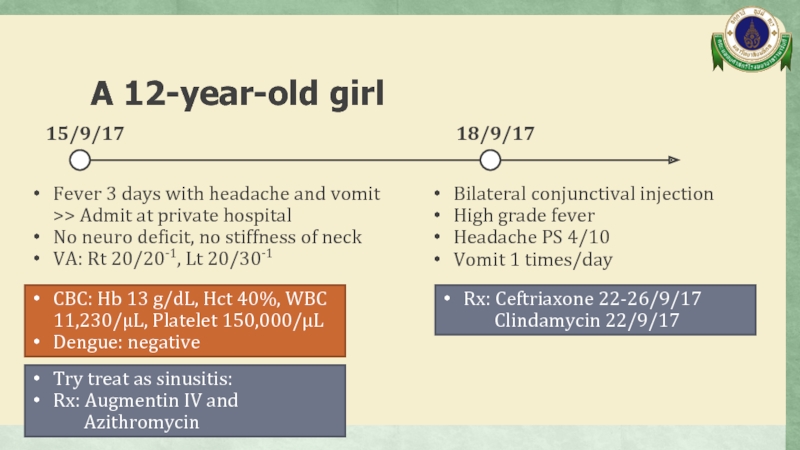
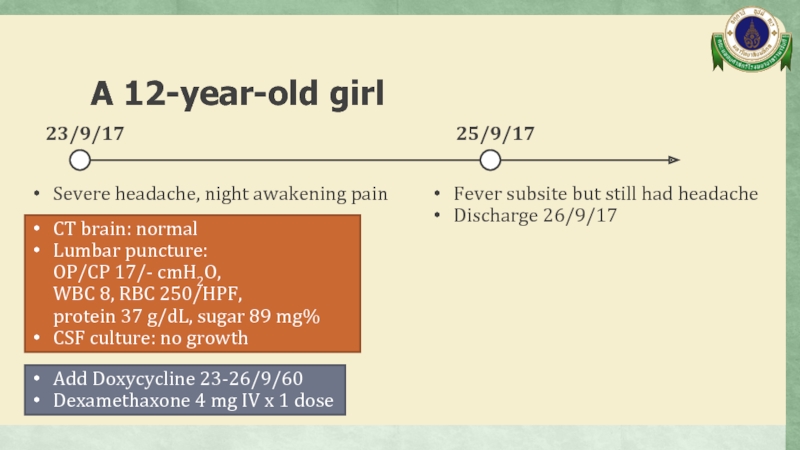
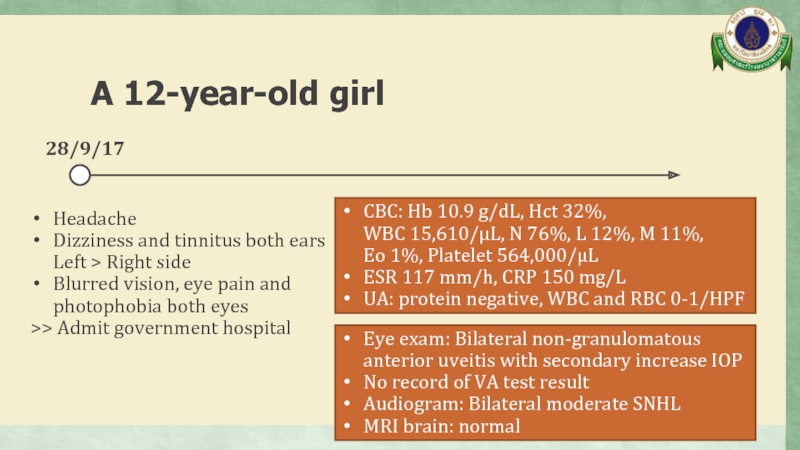
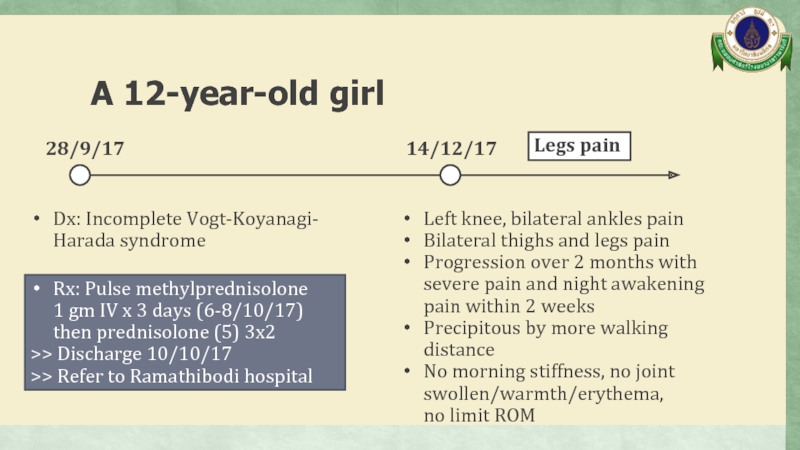
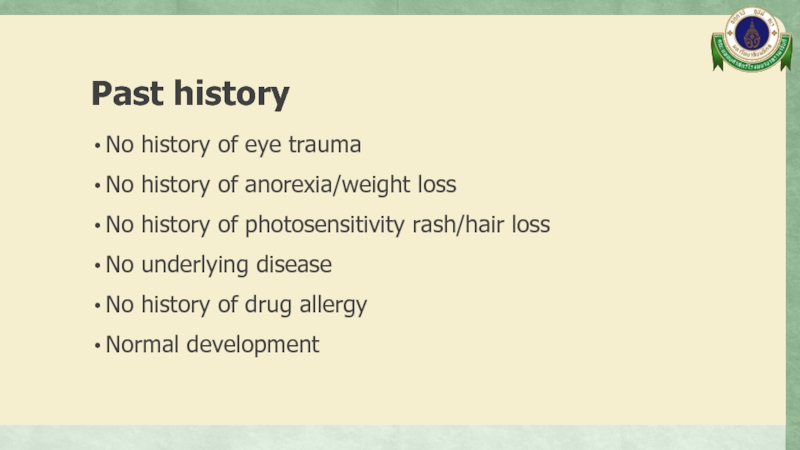
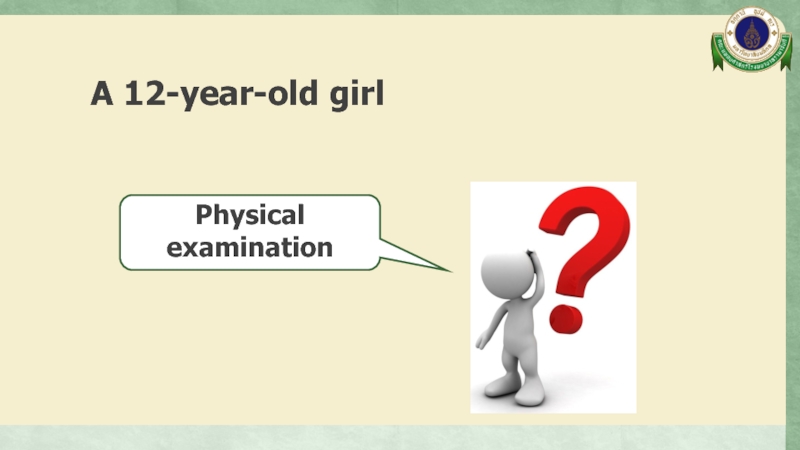
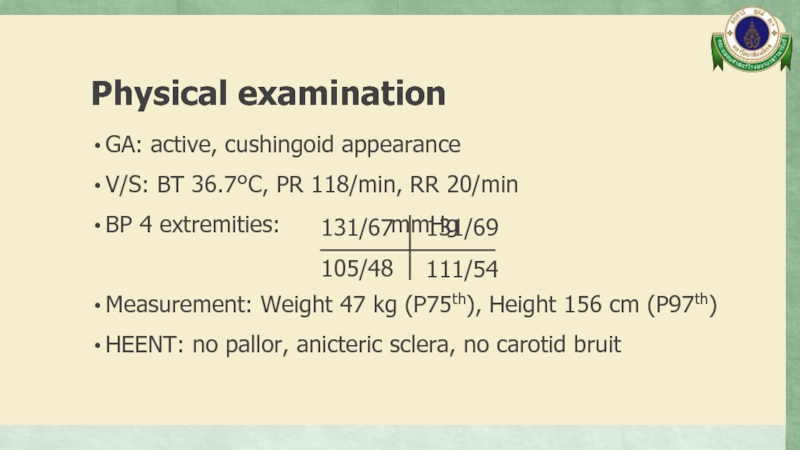
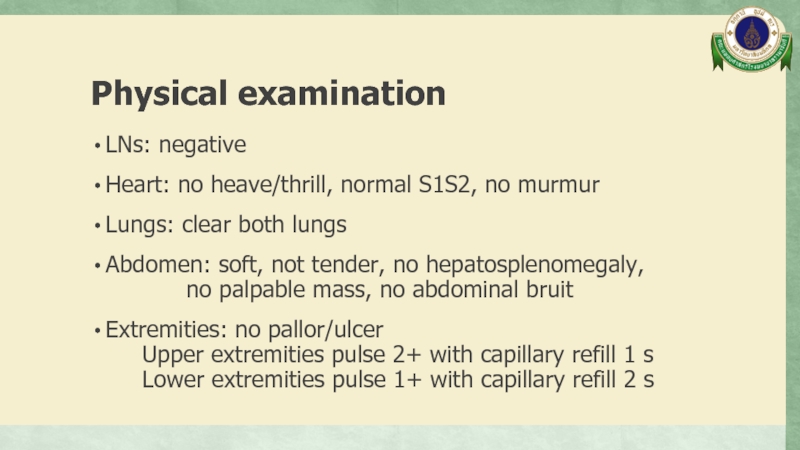
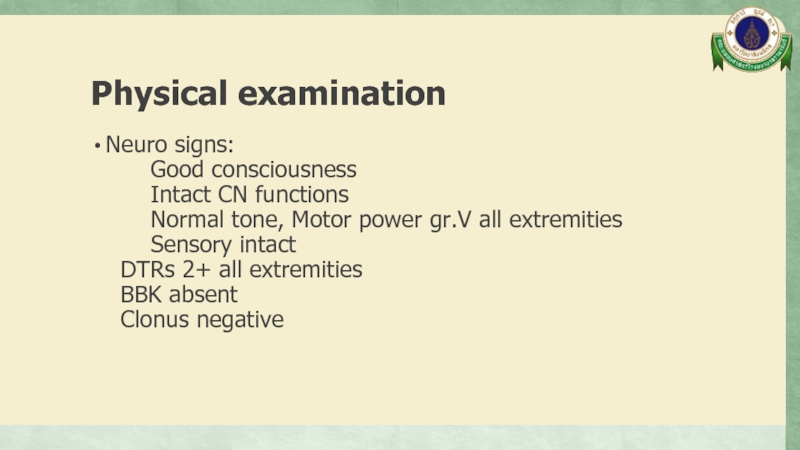

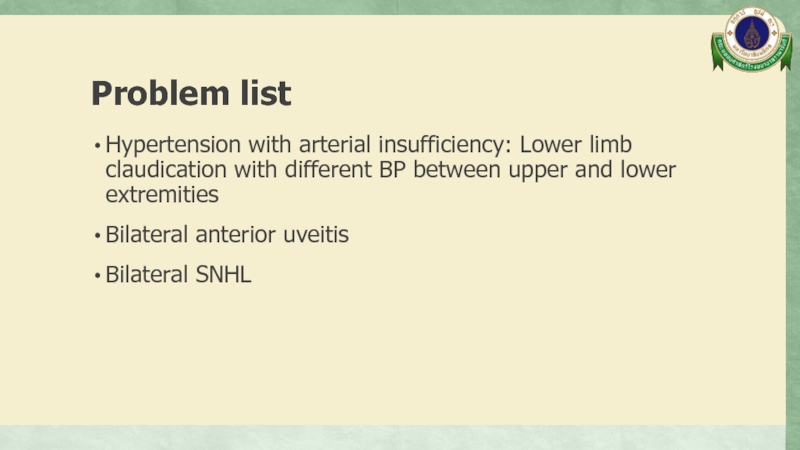
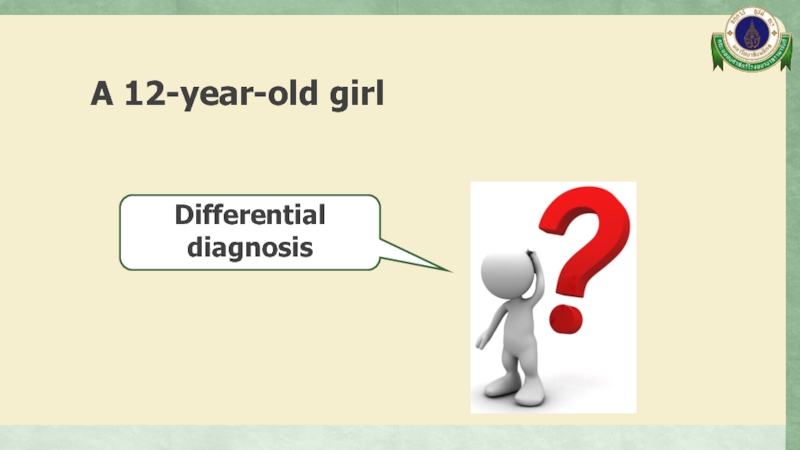
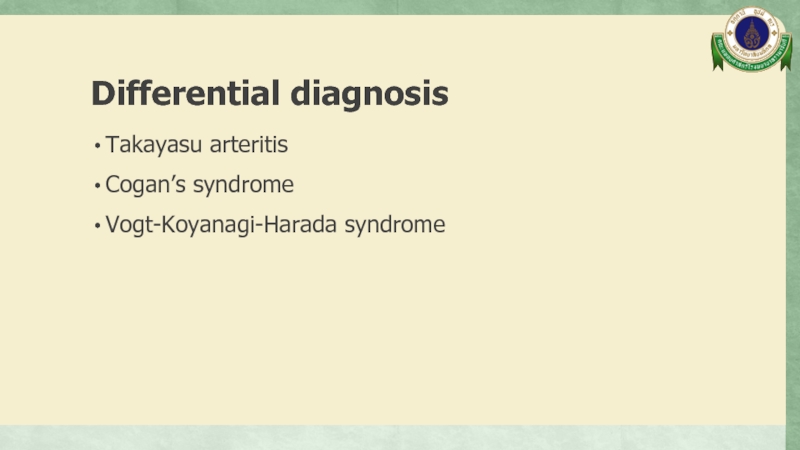


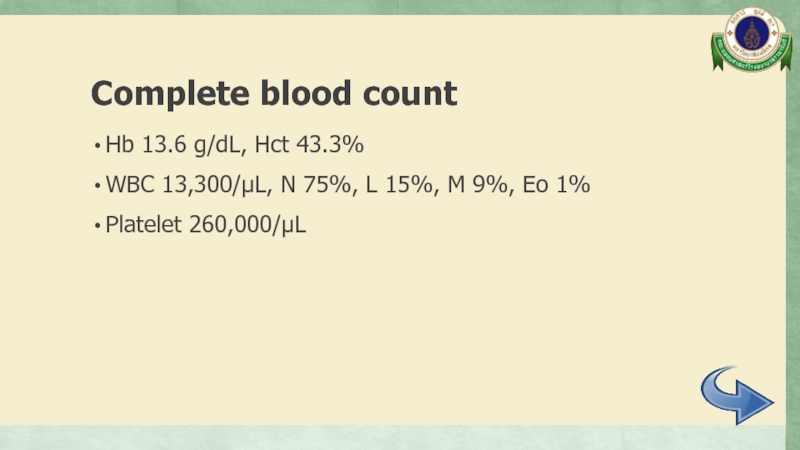
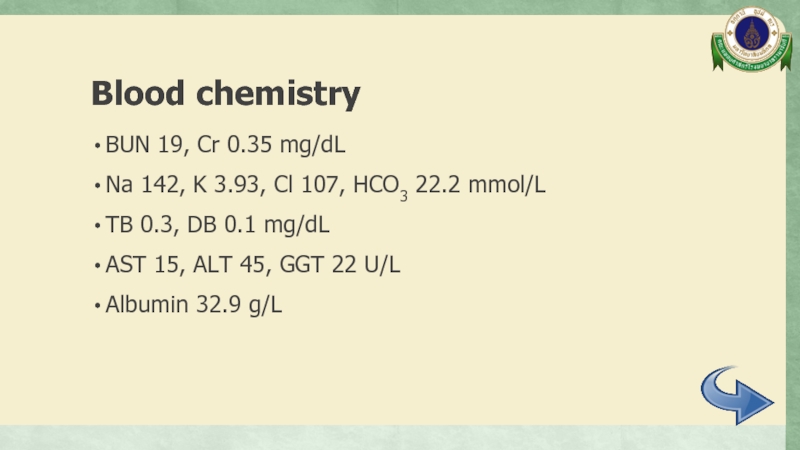

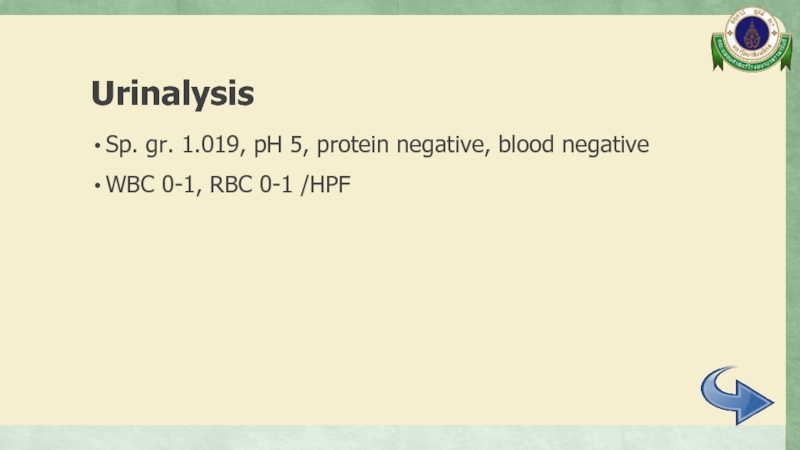

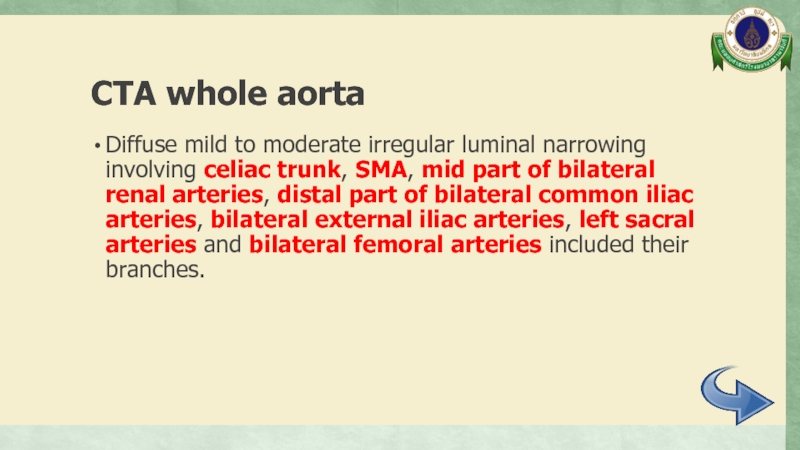
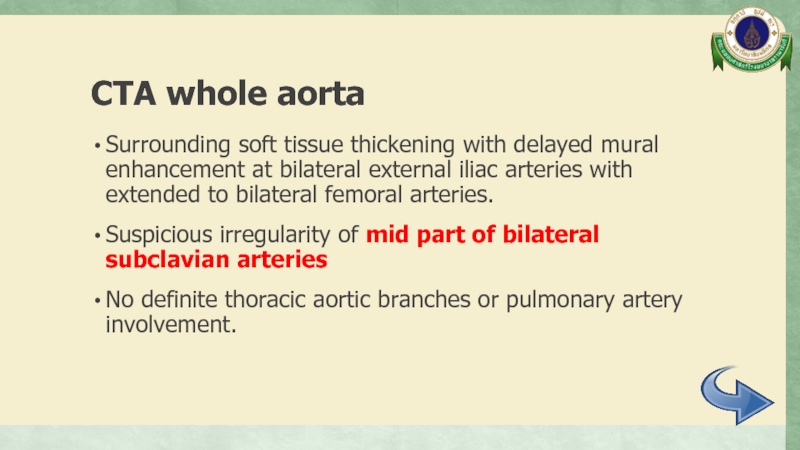
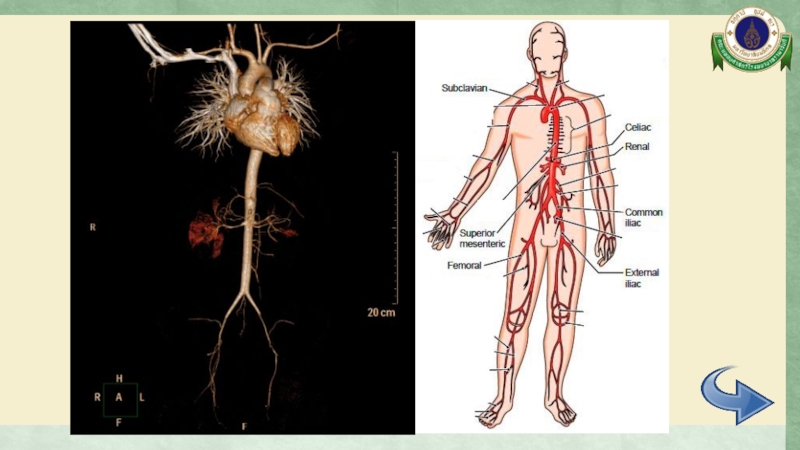
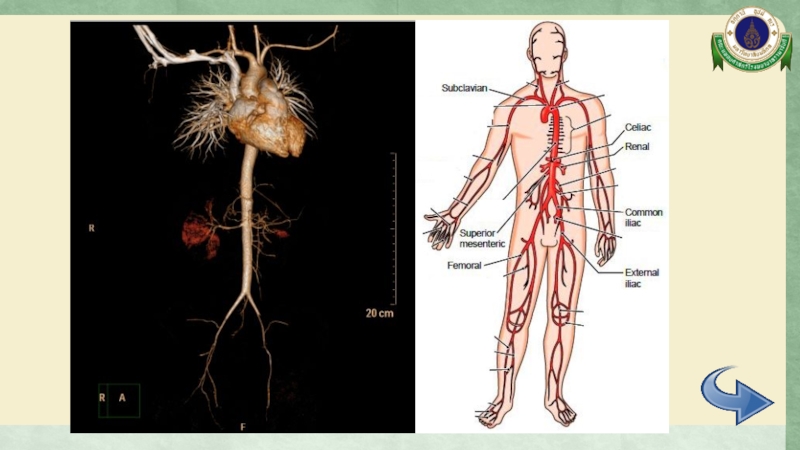
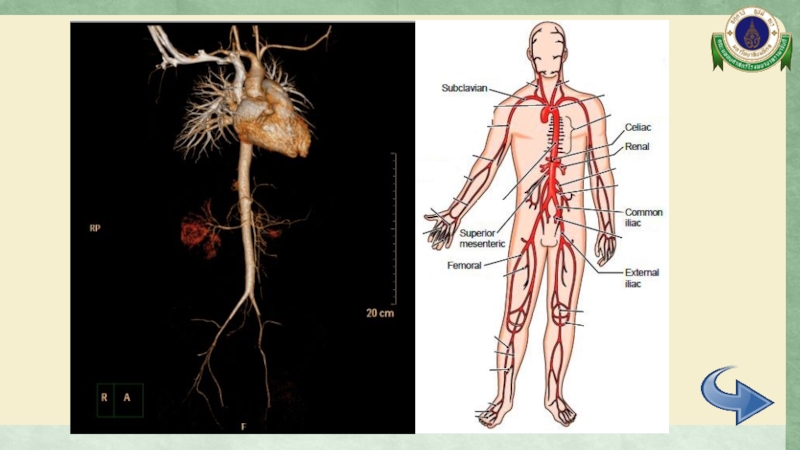
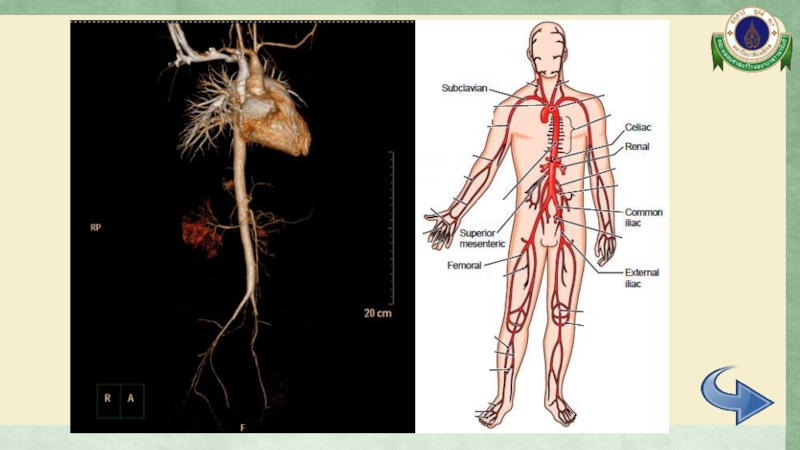
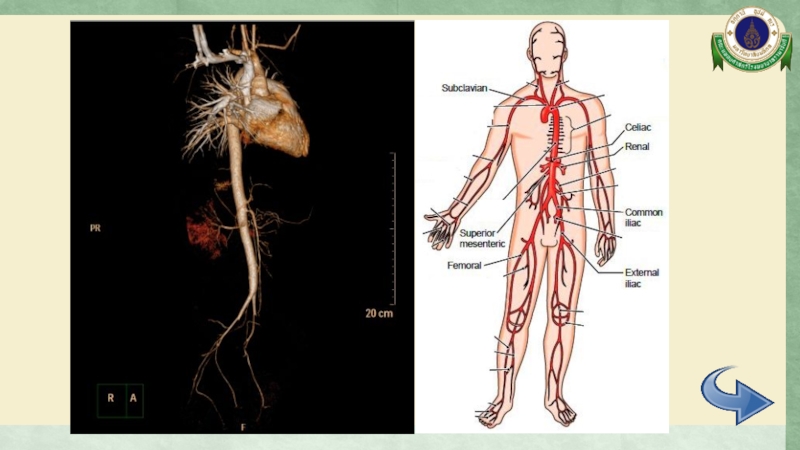
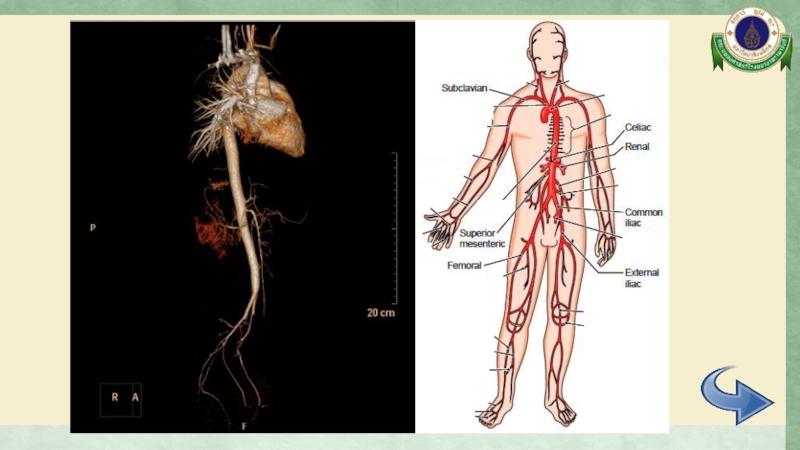
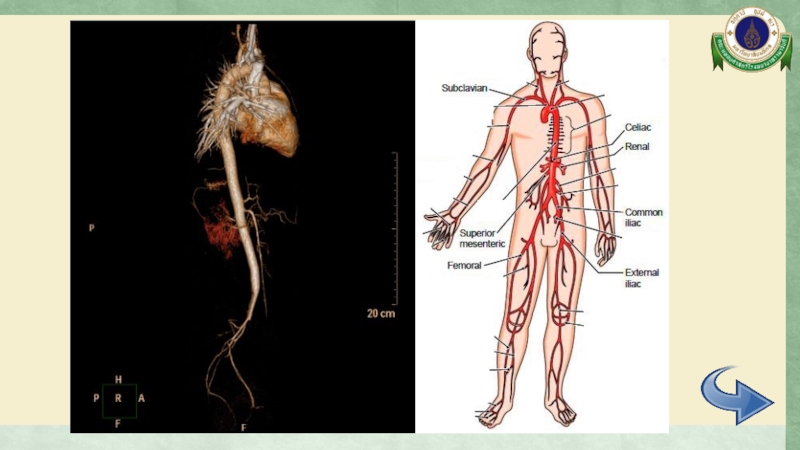
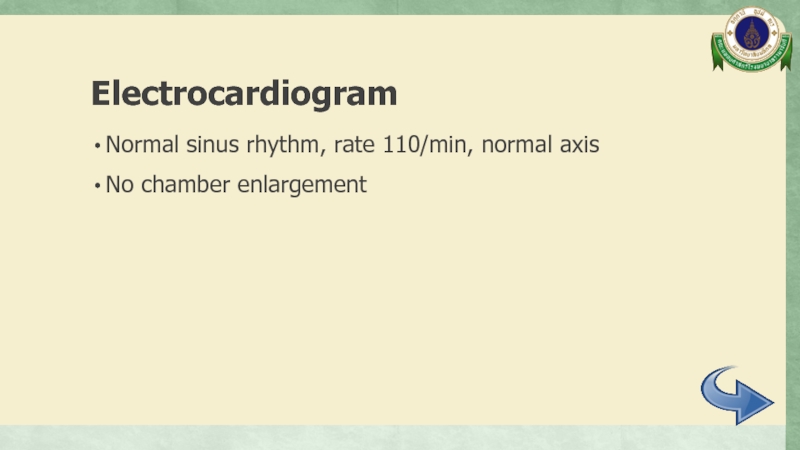
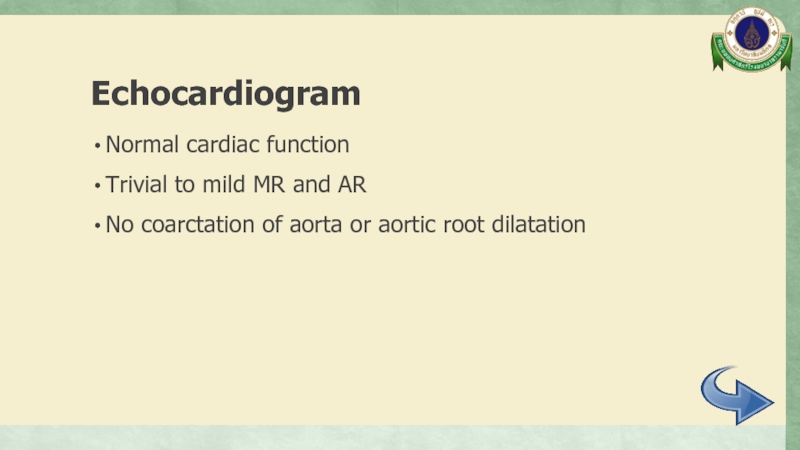
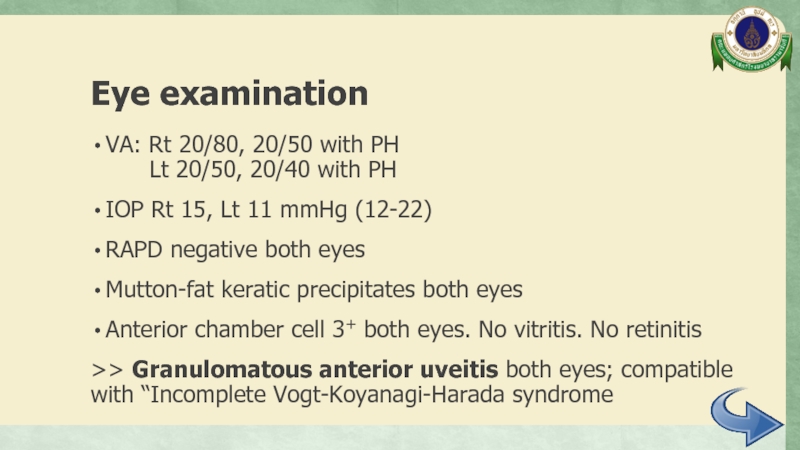
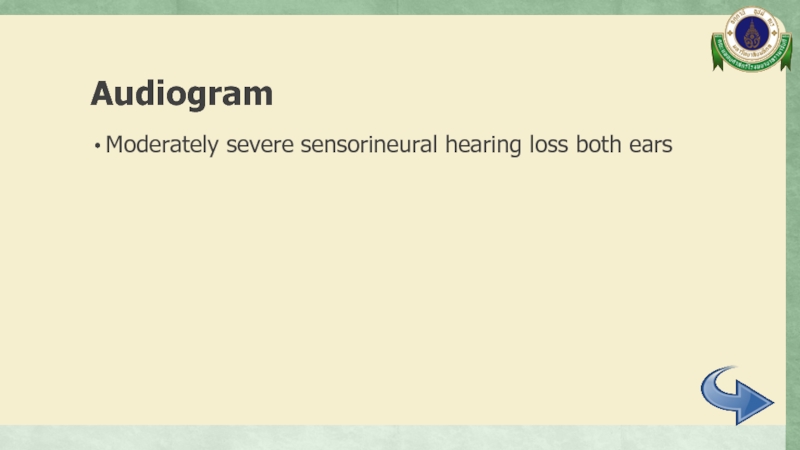
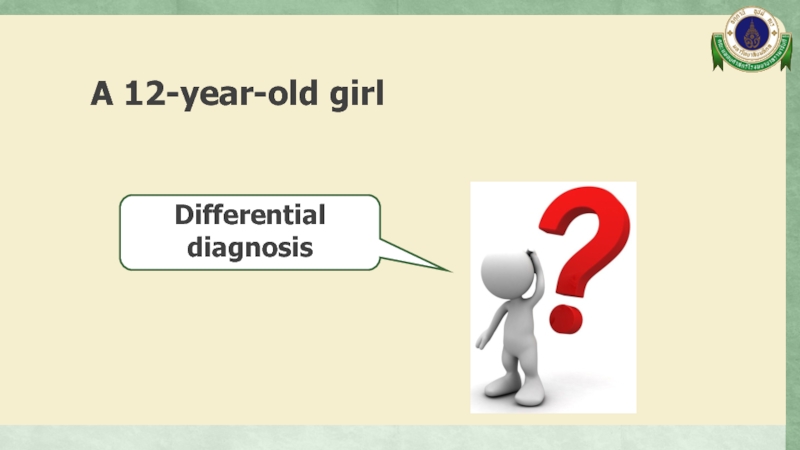
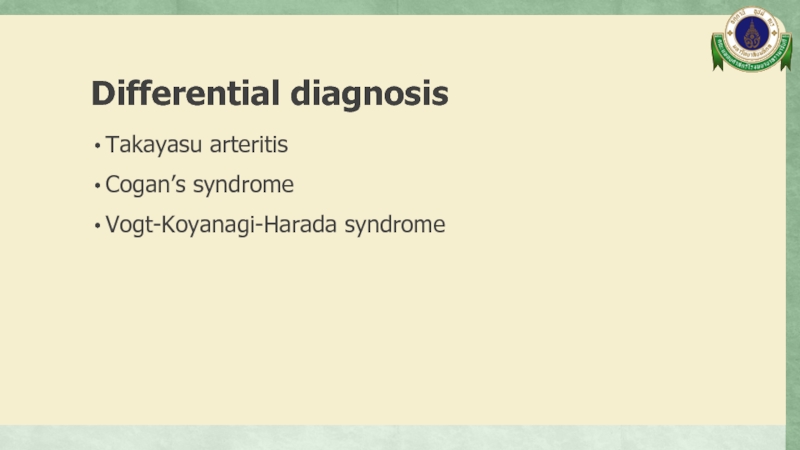
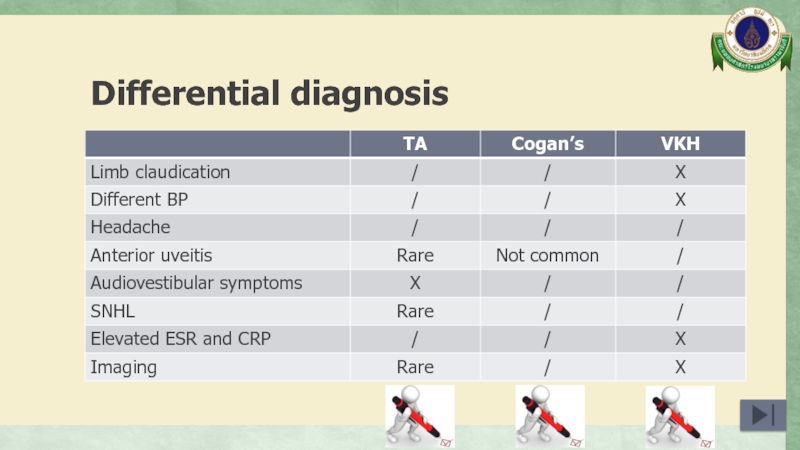
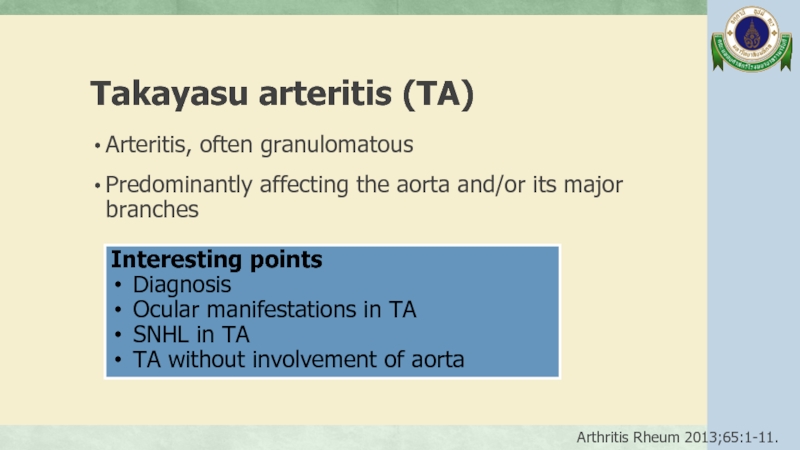
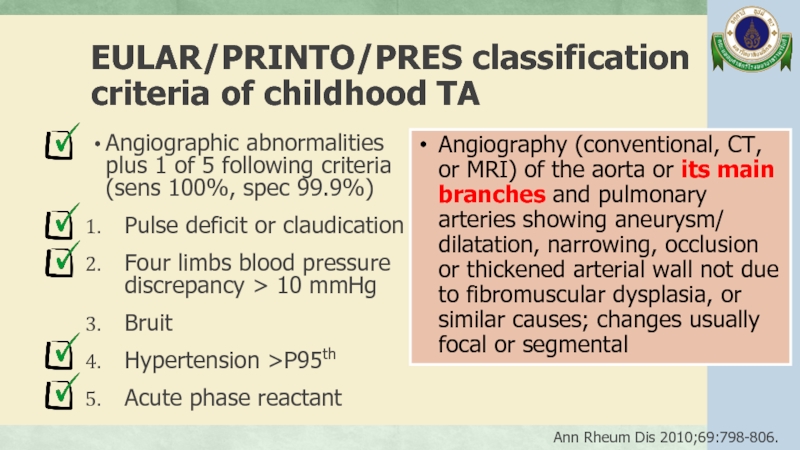


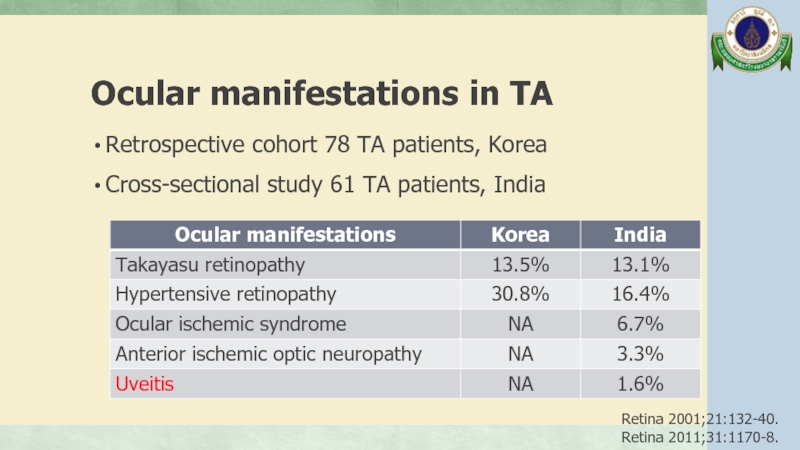
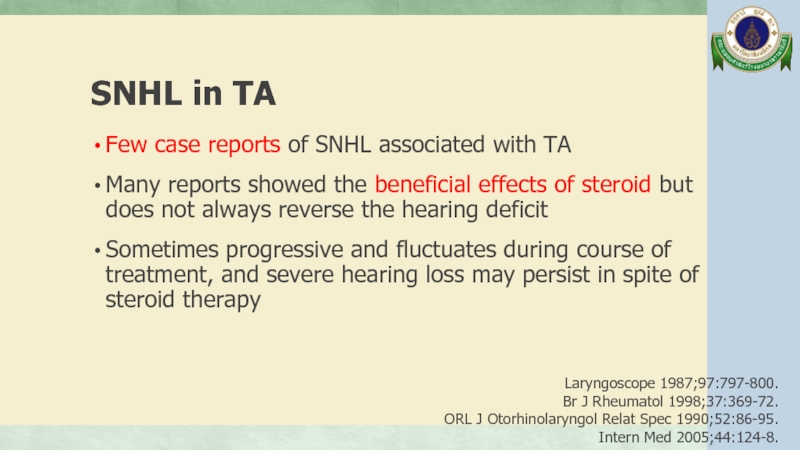

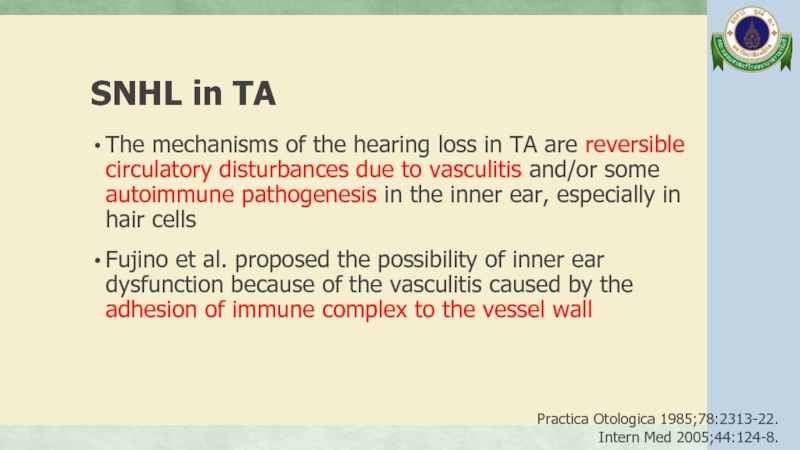
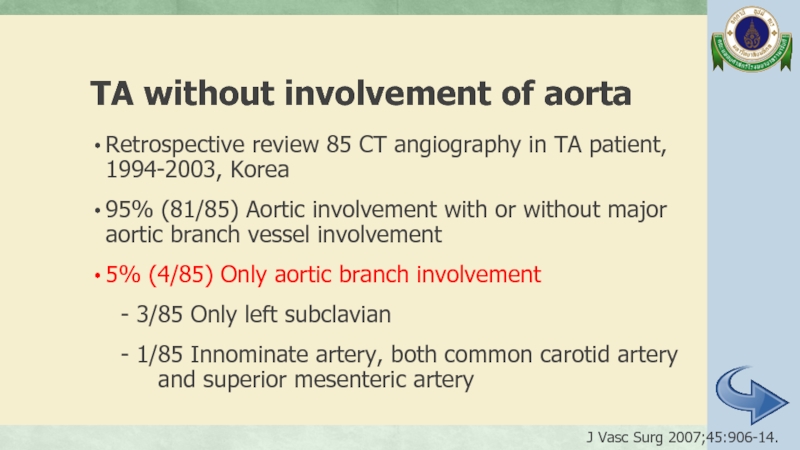
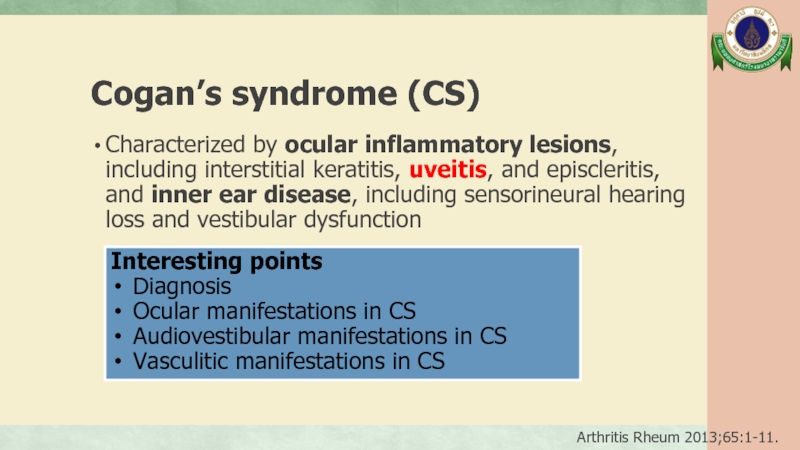
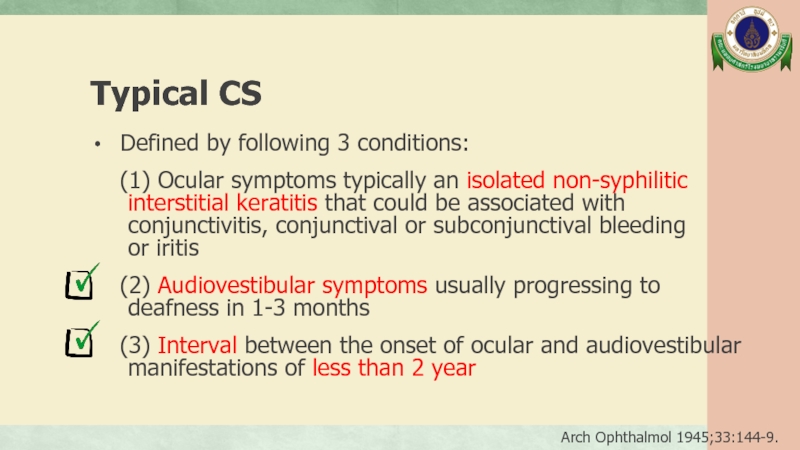
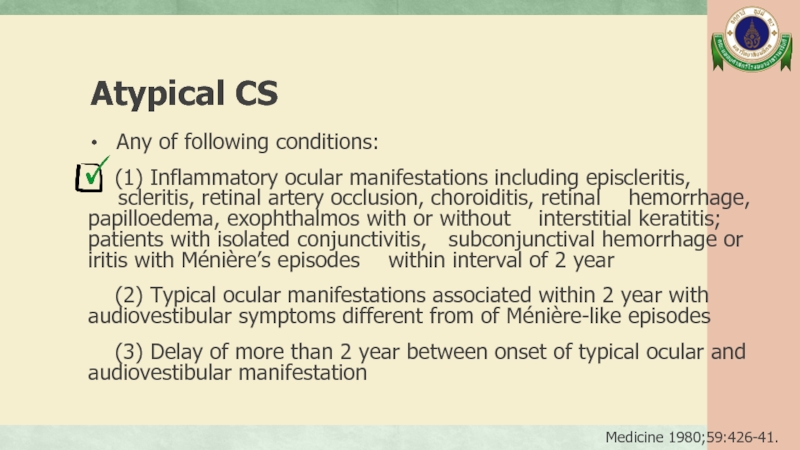
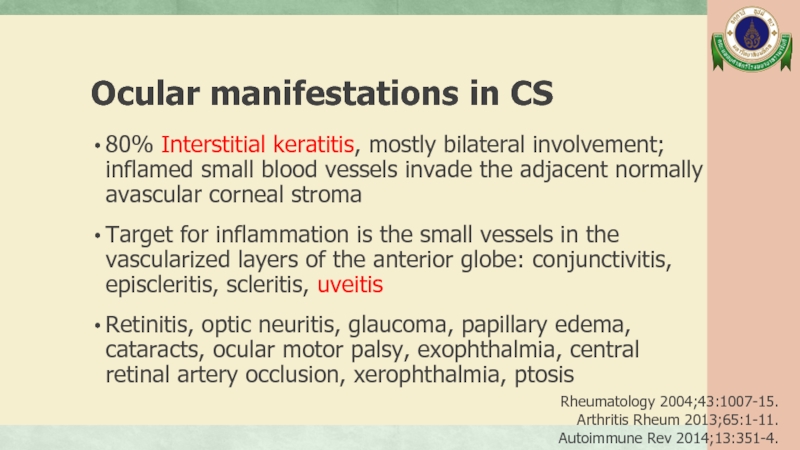
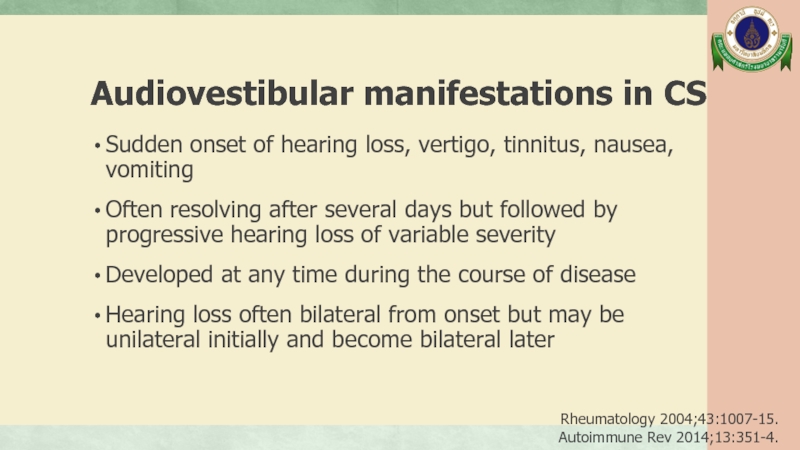
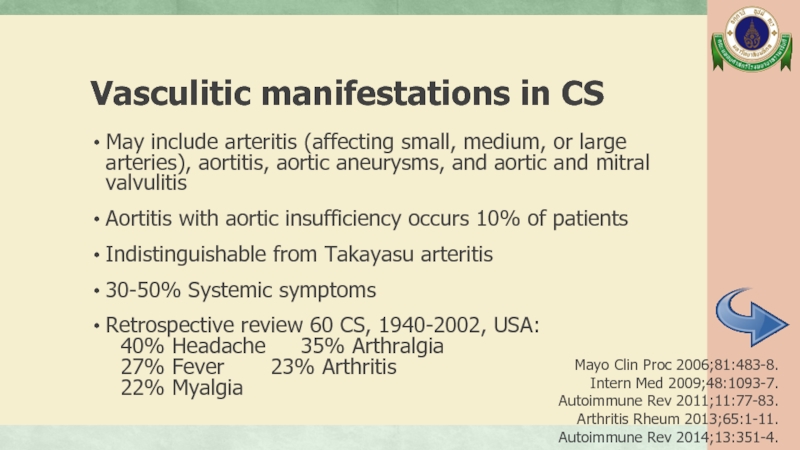

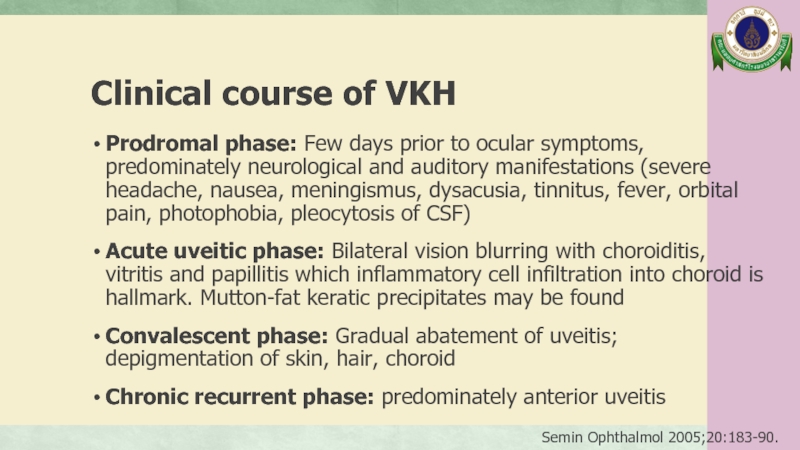
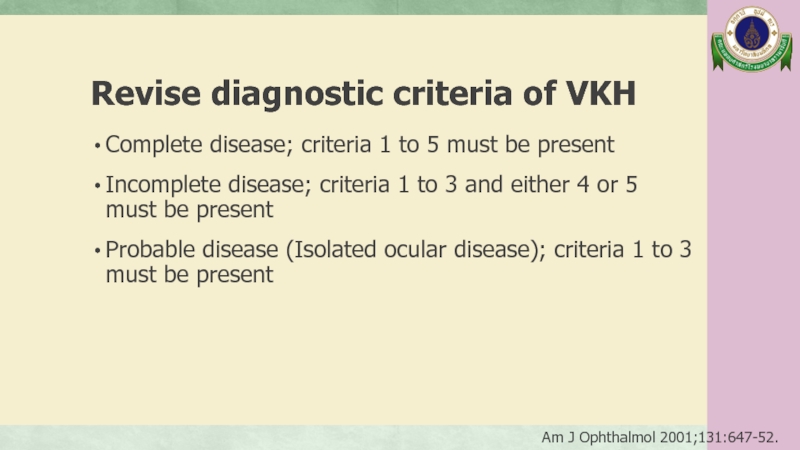



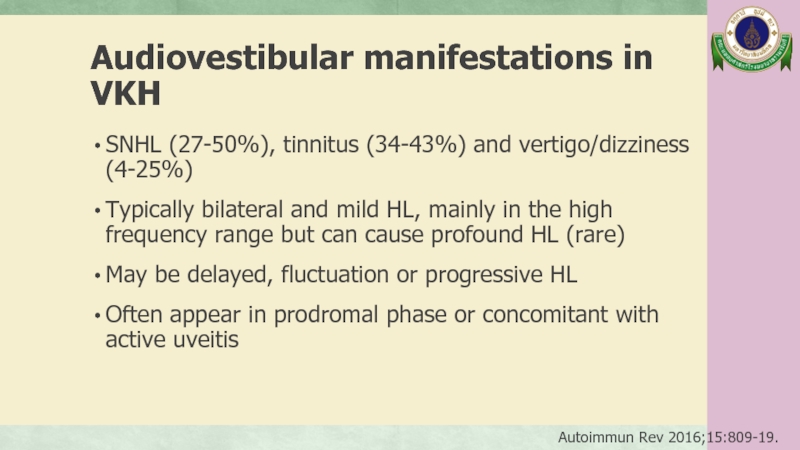
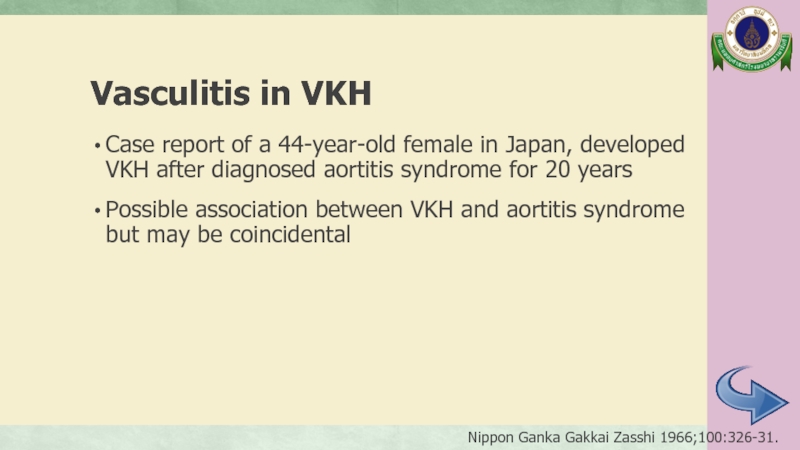

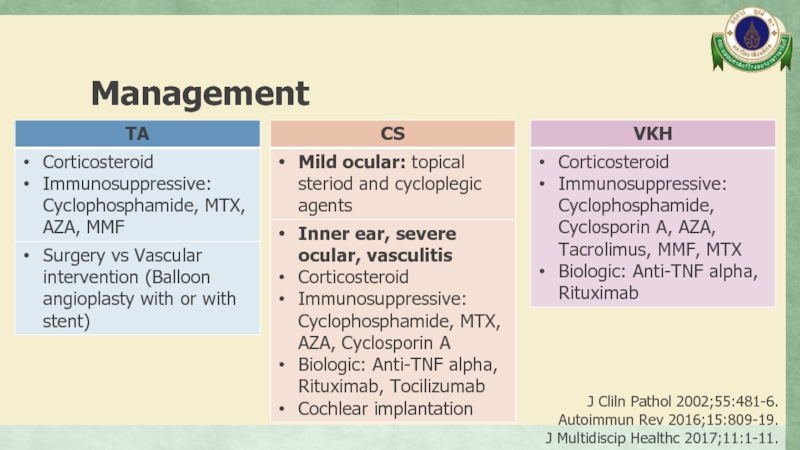
![Management in this patient1/11/1714/12/17Prednisolone (5) 4x2 [1 MKD]MTX (2.5) 5 tab PO weekly titrate to](/img/tmb/5/473584/96fe62b10f43d5a68c360f3a4a96c1f7-800x.jpg)
![Management in this patient11/1/18IV Cyclophosphamide [2nd dose]Prednisolone (5) 2x2 [0.4 MKD]ASA (81) 1x1Amlodipine (10) 1x1CaCO3,](/img/tmb/5/473584/6a94938d454953fd29a5ea2ecc60619a-800x.jpg)
